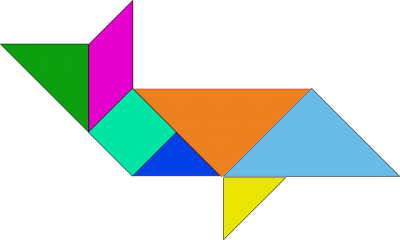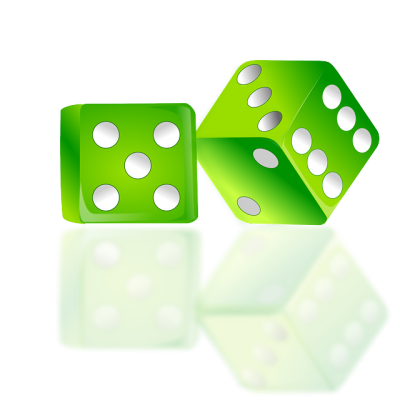Planning Guided Math Centers
Here are some tips to keep in mind. Pre-tests help plan guided math groups. If you don’t have pre-tests I suggest you create one. You can use your final test and change the order and numbers in the problems. The pre-test will give you an idea which skills each students need to work on. It is a great way to group your students. Groupings are fluid. They can change often. I use the data from each Pre-test to create my groups but sometimes I move students during the unit to better meet their needs. If a student is missing skills lower than the skills on the pre-test, meet them at that level in small groups. For example, if you have a student that got all the problems of the addition pre-test wrong, but you know that the student struggle with 1-to-1 correlation. You start at 1-to-1 correlation.
Managing Guided Math Centers

There are different ways you can plan guided math centers. You can allow students to have free choice. Students can go to any center they like, in any order, as long as they visit them all. Students can instead rotate from one group to another. If you decided to do rotation you can group your students in two different ways. Heterogeneous grouping allows you to always have a model in each group along with a range of abilities. They can help each other, peer teach, and share ideas. Homogeneous grouping groups students with similar abilities. This allows for you to differentiated materials in centers if needed. Students who don’t need the review of the previous skills might work from a different center tub with more enrichment ideas. Students who haven’t be able to show mastery in the skill might need a separate tub that works on concepts at their level.
Tips for Guided Math Centers:
• Your guided math centers should NEVER be material your students haven’t learned yet.
• I try to have centers that focus on the previous concept or skill.
• You can organize guided math centers using MATH, BUILD, Daily 3, or another combination.I have found using numbers helpful. This allows me the ease of putting whatever I want in the centers. I don’t need to adhere to “M” bind always being math facts. This gives me more freedom.
• Don’t tie your technology up each week in a center. Technology can be a center or used throughout. I enjoy having some students work on enrichment tasks on the IPad, while other are working in small groups with me using the screen cast as whiteboards and recording their thinking. I have also used apps as tools for centers such as the 100s chart.

Labels for Guided Math Centers
You can use a variety of ways to label your groups. You can use MATH, BUILD, Daily 3, or create your own. I label my center bins by numbers. That way I don’t need to find an activity based off the acronym. I have also seen teachers use shapes, colors, and clocks to show different groups. It depends on how you want to label your groupings. There are many ideas that can be found as you search for rotations boards if you are interested.I have found that no matter how you have them labeled have at least 1 extra bin for students who are done early. I put centers that they have already practiced in the bin so if students finish early, are frustrated, or bored with the activity they can pick another meaningful activity from the extra time bin.
Picking Materials for Guided Math Centers
I try to pick center materials that the students know from previously taught concepts or previous grade level if it is the beginning of the year. I choose some easy review bins and some harder. Every center must be meaningful! Think of what your purpose for the center is. It could be a fun game that practices addition facts or tangrams to work on shapes. If you know a center will be too easy or too hard for a particular group of students. I have 2 extra different colored bins for enrichment or remedial work. I tell the groups to go to the different colored bin instead of the center activity. When they finish the remedial or enrichment activity they can have the choice to repeat or try the center activity.
Getting Started: Guided Math Centers
I use the first 20 days of guided math to start Guided Math centers. I use fun bin centers for the first few weeks of school. Students learn how to participate in centers as they explore the manipuatlives. For young students, I have fun bins that have different math mainipatives. Students have time to explore, play, and hold the materials in their hands. This takes away from playing with the items when I am trying to teach later in the year. Slowly I replace one fun bin with a meaningful bin. I either teach the students how to use the manipulative or I teach a new activity. In your small group, this is a great time to teach a new game quickly as part of your warm-up. Then there will be no questions when they play in centers.



